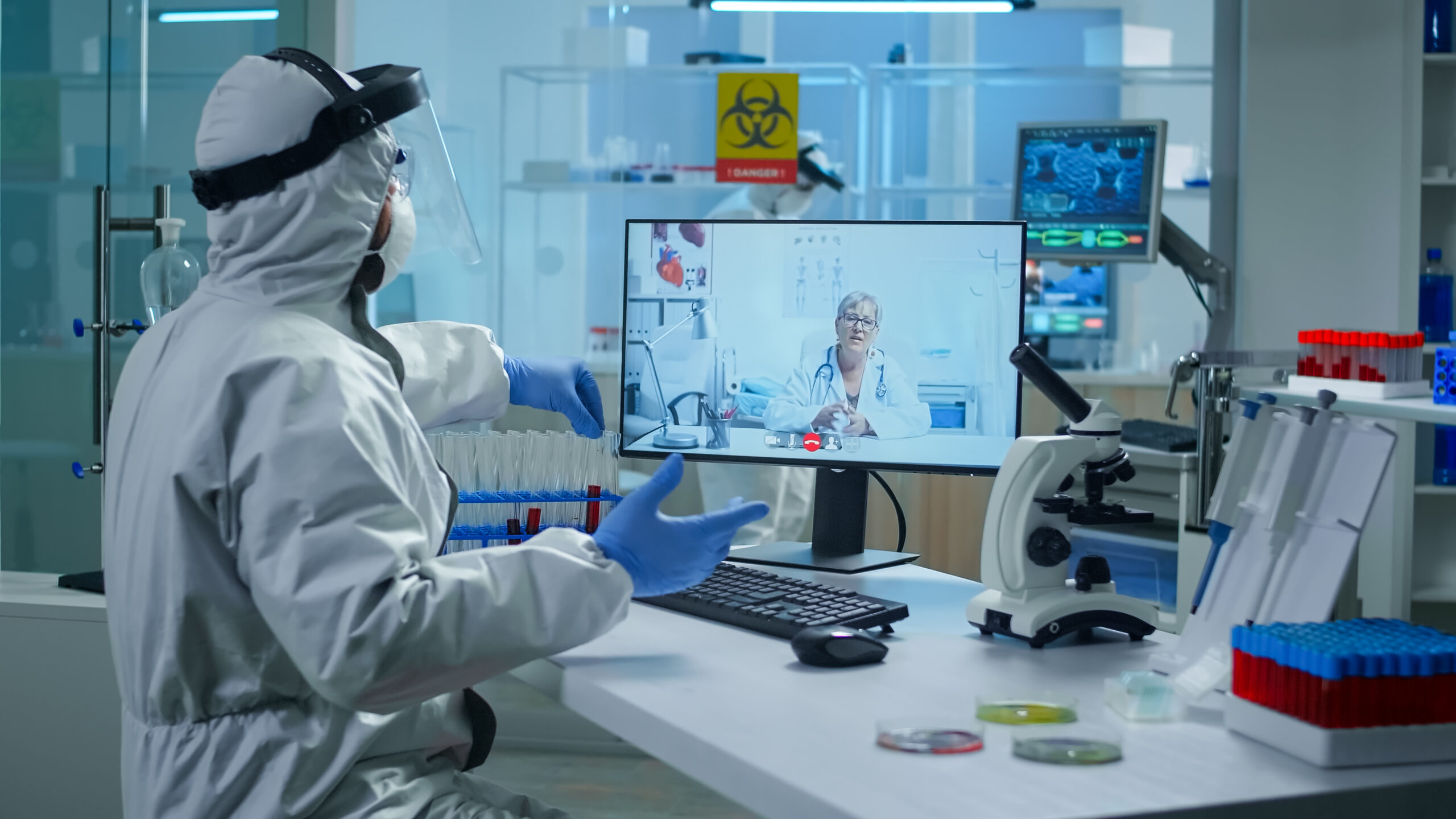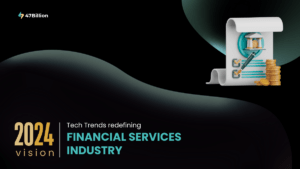The pandemic second wave started; James received his positive report. He checked bed and oxygen availability over a hospital infrastructure app which shown him, lack of beds in the nearest hospitals in his city. His doctor suggested he should get isolated at his home. A cognitive app kept him updated regarding his medical conditions, medications, and yoga practices with real-time notifications every day.
A body monitoring patch helped him with real-time updates on health-related factors such as body temperature, oxygen level, sleeping schedules, and heart rate. An intuitive mobile app helped him stay connected with doctors to effectively share the latest information and collect data regarding health progress (EHR).
This may seem an unrealistic scenario, but cutting-edge tech during the pandemic has not merely changed one aspect of the healthcare system; it has accelerated a need for a “New Healthcare Ecosystem.”
It has challenged the organizations to rethink how they can organize, make decisions, serve customers and interact with their employees. The healthcare industry has combatted the pandemic on various fronts, from mobilizing clinicians, adapting sites of care, launching new services at speed, and prioritizing the well-being of patients, players across the healthcare industry to meet the challenges for the upcoming crisis.
The major objective are-
- Creating a more resilient and flexible healthcare system capable of adapting to changes in demand such as the rapid decline in patient care services, shift of care from hospital to the ambulatory setting, and uncertainty around future surges.
- Introducing the ability to move resources dynamically based on needs.
- Considering long-term implications of Virtual care and remote health monitoring devices.
- Ramping up the use of technology and innovative staffing models to enable clinicians.
The New Healthcare Ecosystem
Introducing an all-new tangent to the healthcare system post-pandemic that includes –
Virtual Healthcare
Shifting from a traditional model to a continuously evolving model where customers engage with technological apps or devices when they are not directly in contact with the health system. The virtual healthcare workforce is expanding with improvement in telehealth, home diagnostics, and wearable spread.
Data-driven platforms and decision making
Healthcare organizations are now required to transform into health IT systems and data analytics. These systems enable real-time and smart digital health. They utilize data analytics and machine learning capabilities to improve practices such as disease detection, streamline operations and reduce infection rates in operating rooms. It helps in connecting consumers and health providers with resources. Benefits include interoperability blockers dissolve, consumer health needs become transparent through historical data, communication moves from transactional to continuous, drug and medical equipment supply, and workforce matches to the demand.
Improved Supply Chain
This pandemic has become an opportunity for broader adoption of digitization. This will increase access to life-saving pharma products, including vaccines. Cutting-edge tech eliminates coverage gaps and identifies compliance and integrity challenges in advance.
AI and IoT are embedded in global supply chains; expanding visibility across the entire journey is the key to delivering a good customer experience. Seamless digital standards in procedures, documentation such as EHR, packaging, and standards are now essential for supply chains. Also tracking tools and devices helps in monitoring temperature-sensitive shipments.
Prioritizing Social Determinants
Moving from the front door of healthcare to prioritizing mental health. Healthcare systems are moving beyond supporting patient services to wellness systems that are connected with social systems.
An affordable system for all
As resources tighten, the definition of transparency and value care becomes more sensitive the services become more acute. Thus, health organizations are accelerating towards low-cost methods.
COVID – 19 has become the turning point for every sector from economics to technology, from politics to consumer behavior. Healthcare is the frontline of the crisis that can influence a new and better future through enhanced patient care and engagement. Now comes the moment to bring a completely new system with cutting-edge technology that puts patients’ lives and preferences at the center of care.




